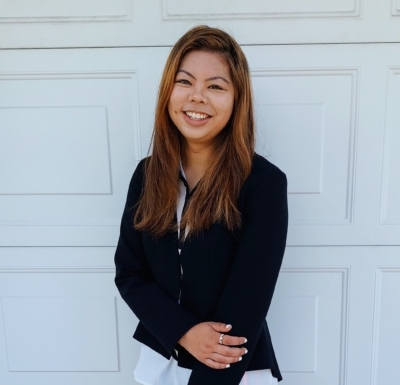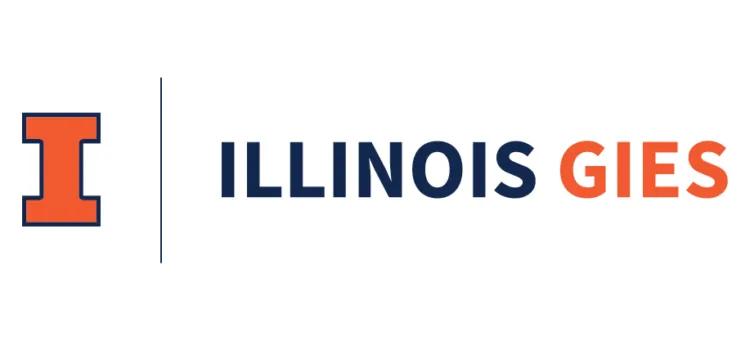
Students presenting in the finals of the Entrepreneurial Challenge
As a senior at the Ross School of Business, I wanted to reflect on my busiest semester of college: the Ross Integrative Semester (RIS). Not only was RIS my favorite semester, but also my last normal semester too!
RIS takes place during the first semester of junior year at Ross. When I was a first-year student, I remembered hearing about how crazy of a semester RIS is. I heard phrases like “Signature Learning Experience” and “junior year fall recruiting”. I didn’t really know what any of those words meant.
RIS was a challenging semester: academically, professionally, emotionally – you name it. Looking back, I am grateful for all of the experiences that RIS gave me. I became more reflective and learned so much about myself.
SO WHAT EXACTLY IS RIS?
When you begin your BBA curriculum as a sophomore, you are divided into eight different sections or “cohorts” of about 80 students. We take all of our core classes with our assigned section from sophomore to senior year.
Each year has its own respective Signature Learning Experience (SLE). RIS is the SLE for juniors at Ross. During RIS, students are enrolled in 10.5 credits of classes: Business Law and Ethics (BL), Management and Organizations (MO), Technology and Operations (TO), and Business Communications (BCOM).
In reality, these courses are “integrated”, with concepts from classes overlapping with one another. For example, in Business Law and Ethics, we had class discussions on how a company addresses employee classification and the effect this has on the job characteristics model, a concept we learned about in Management and Operations. In Technology and Operations and Business Law and Ethics, we talked about how product liabilities are affected by how an organization’s supply chain operates.
Ross is a huge proponent for action-based learning and this was reflected in the five different group projects that I was a part of during RIS.
THE ENTREPRENEURIAL CHALLENGE

Alexa Tran
What makes RIS particularly unique is that it concludes with an entrepreneurial challenge presented by the Zell Lurie Institute. The timeline for the challenge is tight: groups are assigned on a Wednesday, the challenge topic is introduced at the kick-off event on Thursday, and then groups are expected to give a five-minute pitch to their respective section on the following Monday.
In my year, teams were tasked with helping the University of Michigan reach its goal of reducing greenhouse gas emissions by 25% by 2025 in order to achieve carbon neutrality. My team’s idea was to reduce energy usage and paper waste by installing cellulose insulation into the walls of various campus buildings.
We put a lot of research into our pitch, created a presentation, and rehearsed (a must!) In front of the judges, we introduced our company’s business model, stated the benefits of our proposed solution, and discussed the risks associated with our venture along with mitigation strategies.
On that Monday, a first-place team is selected from each section. From there, the first place teams present their pitch to the entire BBA junior class of about 600 students in Robertson Auditorium on Tuesday. A winning team is then chosen from all of the eight teams that presented.
The energy that you feel in Robertson is unmatched because it is rare to have all 600 BBA juniors in one room together at the same time. Everyone is cheering for their section and it’s exciting to see the camaraderie amongst all eight sections.
Unfortunately, my section did not win, but it was still nice to cheer on the other teams.
MANAGING IT ALL
So now that I’ve established how busy of a semester RIS was, I can share how I managed to stay organized.
I’ve used Google Calendar since freshman year, but have never utilized it like I did during RIS. Everything in my Google Calendar was color-coded – classes were yellow, recruiting events were blue, group meetings were purple, and personal meetings were pink.
Google Calendar is great because I loved being able to send calendar invites to group members for our group meetings. This allowed us to keep track of who would be able to attend meetings. Everyone on the calendar invite also conveniently receives reminders 10 minutes prior to a meeting.
Plus, as a visual learner, this really helped me keep track of all of the different commitments that I had. I liked being able to see where my time was being spent.










